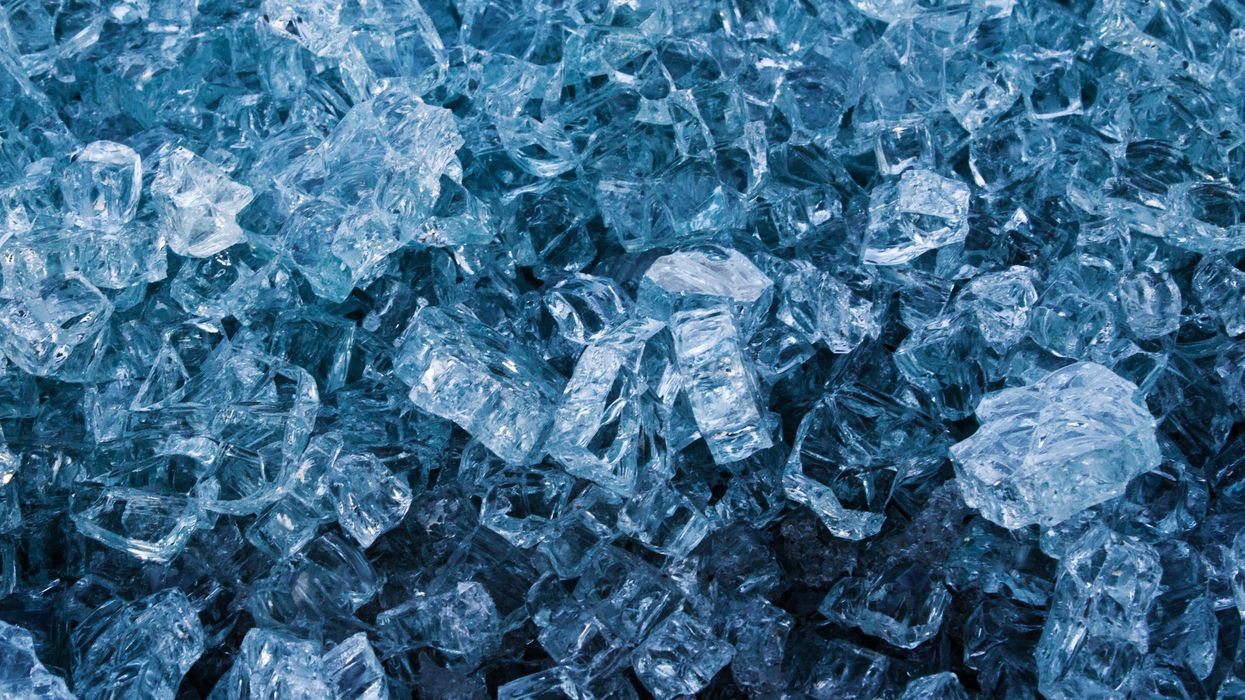Science & Tech
Catherine Shuttleworth
Oct 19, 2023

Strange Form of Ice Found That Only Melts at Extremely Hot Temperatures
Photo by Scott Rodgerson on Unsplash
Five years ago, scientists managed to recreate what is known as superionic ice, in lab experiments for the first time.
Superionic ice is believed to form within Uranus and Neptune as familiar materials are subjected to extreme pressures and heat, with iron atoms forming hot, black, heavy ice.
But just last year researchers at several universities in the United States discovered a new phase of superionic ice. The discovery helps broaden our understanding of why Uranus and Neptune have off-kilter magnetic fields with multiple poles.
Different to forms of water on Earth, the oxygen atoms in superionic ice are locked in a solid cubic lattice, while the ionised hydrogen atoms are loose, flowing through the lattice.
This gives superionic ice conductive properties as well as raising its melting point, meaning the frozen water remains solid at temperatures up to 4704 Degree Celsius (8500 Fahrenheit).
In this latest study, Stanford University's Arianna Gleason and colleagues blasted thin slivers of water, sandwiched between two diamond layers, with some extremely powerful lasers.
"Recent discoveries of water-rich Neptune-like exoplanets require a more detailed understanding of the phase diagram of [water] at pressure–temperature conditions relevant to their planetary interiors," Gleason and colleagues explain in their paper, from January 2022
X-Ray diffraction revealed the hot, dense ice's crystal structure, and confirmed the ice crystals were in fact a new phase, distinct from the superionic ice that was observed in 2019.
This newly discovered superionic ice, Ice XIX, has increased conductivity compared to its 2019 predecessor.
The conductivity is important because it helps us understand why certain off-kilter magnetic fields are generated on planets such as Neptune and Uranus.
You can read the paper, published in Scientific Reports here.
Sign up to our free Indy100 weekly newsletter
Have your say in our news democracy. Click the upvote icon at the top of the page to help raise this article through the indy100 rankings.
Top 100
The Conversation (0)













